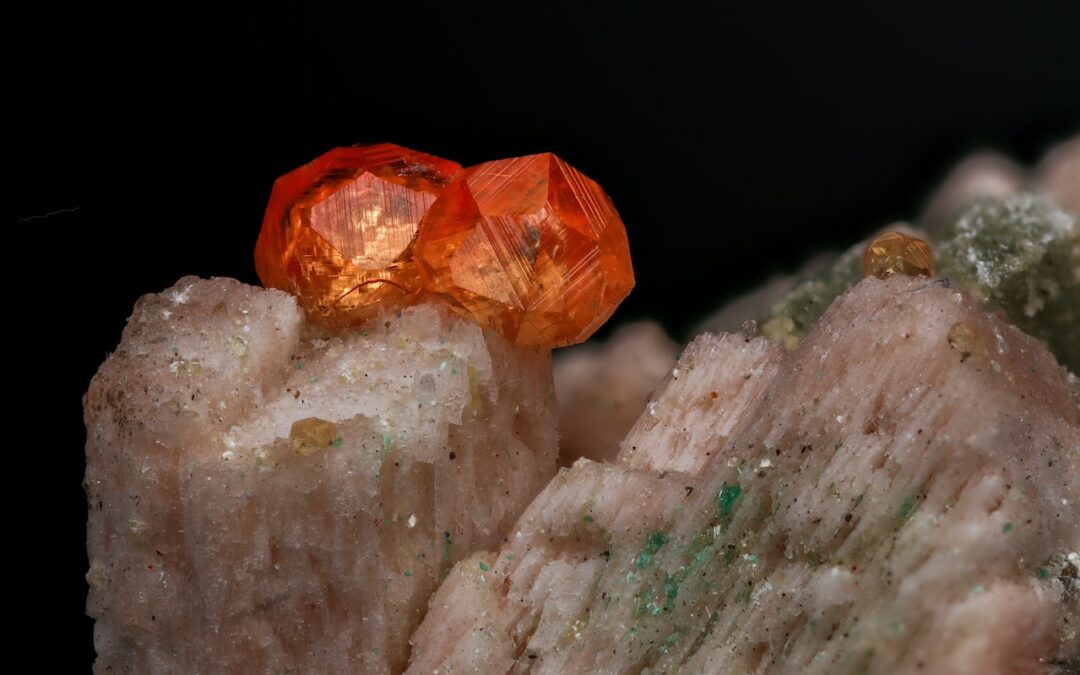


How to Recycle Unwanted Clothes: Myths, Realities, and Practical Tips
Our editors curate highly rated brands that are first assessed by our rigorous ratings system. Buying through our links may earn us a commission—supporting the work we do. Learn more. The majority of discarded clothes are destined for landfill—but it doesn’t have to be this way. Here’s how to recycle them properly. The state of […]
The post How to Recycle Unwanted Clothes: Myths, Realities, and Practical Tips appeared first on Good On You.

How microbes clean the atmosphere
Microbes are microscopic living things found in water, soil, the air and animals’ bodies. There are millions of microbes within the human body. Also known as microorganisms, some microbes make people unwell, while others are important for our health. The most common types are bacteria, viruses and fungi.
While microbes often get a bad rap, they can be beneficial in surprising ways, including by helping to remove harmful carbon monoxide (CO) from the atmosphere.
Over two billion tonnes of the deadly gas are released into the atmosphere globally each year; microbes consume about 250 million tonnes of this, reducing CO to safer levels. Now, Australian researchers have made a significant discovery about the way microbes carry out this important task.
Their study, which was led by Monash University and has been published in Nature Chemical Biology, investigated how microbes consume atmospheric CO at an atomic level. It found that they use a special enzyme, called the CO dehydrogenase, to extract energy from the universally present but highly toxic gas.
Co-first author Ashleigh Kropp, from the Monash Biomedicine Discovery Institute’s (BDI) Greening lab and The University of Melbourne’s Grinter lab, said the study showed for the first time how this enzyme extracts atmospheric CO and powers cells.
“This enzyme is used by trillions of microbes in our soils and waters. These microbes consume CO for their own survival, but in the process inadvertently help us,” Kropp explained.
Co-first author Dr David Gillett, who completed his PhD research in the Greening lab, described the phenomenon as a fantastic example of microbial ‘ingenuity’, demonstrating how life has evolved ways to turn something toxic into something useful.
“These microbes help clean our atmosphere,” Gillett said. “This counteracts air pollution, which kills many millions of people each year, and also reduces global warming given CO is indirectly a greenhouse gas.”
While the team’s discovery is unlikely to be directly used to combat or monitor CO emissions, it deepens our knowledge of how the atmosphere is regulated and how it might respond to future changes.
Professor Chris Greening, co-senior author and head of BDI’s Global Change Program, said the discovery highlighted the broader importance of microbes.
“Microbes play countless roles essential for both human and planetary health. Yet, because they’re invisible and often misunderstood, their contributions frequently go unnoticed,” he said.
Kropp said microbes are a big reason why our air was breathable. “They make half the oxygen we breathe and detoxify various pollutants like CO. It’s crucial we better understand and appreciate how they support our own survival,” she said.
The full paper, titled ‘Quinone extraction drives atmospheric carbon monoxide oxidation in bacteria’, can be read here.
Image caption: The molecular architecture of the specialised enzyme that allows microbes to consume toxic CO from the atmosphere. Image credit: Ashleigh Kropp and Dr David Gillett.

‘Imagining the Future’ Honors Aleksandra Kasuba’s Trailblazing Installations and Environments
Fascinated by the convergence of sculpture and environmental design, Kasuba pioneered unique material combinations in her spatial installations.
Do stories and artists like this matter to you? Become a Colossal Member today and support independent arts publishing for as little as $7 per month. The article ‘Imagining the Future’ Honors Aleksandra Kasuba’s Trailblazing Installations and Environments appeared first on Colossal.

$1.5 million grant program to plan for net zero emissions
Applications are now open for a $1.5 million NSW Government grant program to help eligible NSW businesses plan and take action to achieve net zero emissions.
The Department of Climate Change, Energy, the Environment and Water (DCCEEW) has recommended businesses take action on emissions reduction as it may strengthen NSW businesses’ global competitiveness, build resilience, and drive innovation and growth.
The Net Zero Planning Grant will offer eligible businesses in all sectors up to $30,000, covering up to 75% of project costs, to identify and implement actions towards net zero.
“We understand that transitioning to a net zero future can be complex for businesses to navigate,” said DCCEEW Director of Program and Market Development Terry Niemeier. “As we work towards a net zero future, we want to work with businesses to unlock opportunities for innovation, growth and resilience.”
The grant is provided in two stages:
Stage one: Up to $4000 to access expert advisers to identify and prioritise key actions across areas such as strategy, governance, people and capability, data, targets, net zero action, planning, finance, reporting and stakeholder engagement.
Stage two: Up to $26,000 to support detailed work in one or more of the prioritised actions.
Grantees can also access the Net Zero Business Guide, developed following a pilot program with more than 50 organisations to provide practical guidance throughout their net zero journey.
“The grant empowers businesses to turn their plans into a reality — whether it’s setting a net zero target, developing a greenhouse gas inventory or formulating a net zero action plan,” Niemeier said.
The grant is part of the NSW Government’s $22 million Business Decarbonisation Program, supporting businesses to implement low-cost improvements and accelerate their transition to net zero.
Round one of the Net Zero Planning Grant is now open for applications via the NSW Climate and Energy action website.
Image credit: iStock.com/Boy Wirat
